If you’ve been keeping up with the news, you might be aware of the growing concern surrounding metal-on-metal implants. In fact, some people may even have a false notion that you cannot get any type of hip implants at all if you are at risk for inflammatory arthritis. While it is true that research on metal or non-metal implants has revealed some potential downsides. This article covers everything that you need to know of hip implants and whether or not they’re right.
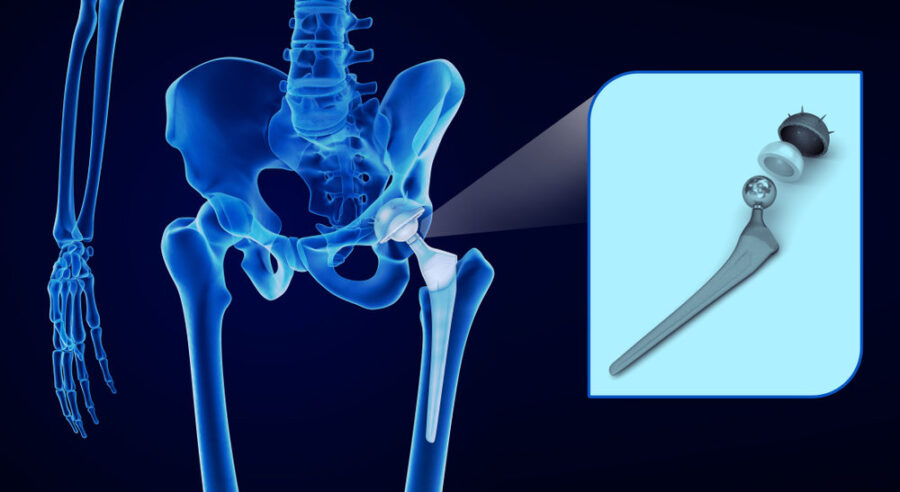
As the name implies, metal-on-metal implants a joint made of two metal surfaces: a metal “ball” that replaces the ball at the top of the thigh bone (femur) a metal “cup” that acts like the socket in the pelvis. Surgeons in most countries, including the U.S., no longer use MoM implants for total hip replacement. All-metal components still used rarely in hip resurfacing, a procedure in which the head of the thighbone reshaped and capped with a metal covering.
What is a hip metal-on-metal implant implants?
These implants biomaterials widely used in orthopaedics. They both used in osteosynthesis and arthroplasty. Their mechanical properties, biocompatibility and resistance to corrosion make them a widely used option in orthopedics. Alloys most commonly used metals in orthopedics. Metallic implants used where high mechanical strength is essential. Stainless steel, cobalt chrome steels and titanium alloys most commonly used implant metals; their strength in tension and compression is high, as is their stiffness.
A metal-on-metal hip implant is a type of artificial hip replacement that utilizes a metallic surface in the joint between the implant and bone. This type of joint surface is not made from a traditional metal alloy, but rather from a special type of metal that is specially formulated for use in a joint. The main reason for the growing concern about hip implants that these particular artificial joints a buildup of particles in the joint that inflammation in the body.
Concerns about Metal-on-Metal Implants?
There two main concerns associated with hip implants. First, there is some evidence suggesting that they might be more susceptible to breakage than other artificial hip joints. However, this been found significant enough problem to affect clinical outcomes. The other concern has to do with the fact that the metal-on-metal joints can cause the body to produce more inflammatory cytokines than other types of joint surfaces. This is especially true for people who have a genetic predisposition to developing inflammatory arthritis.
Benefits of a hip implants?
The biggest benefit of a metal-on-metal implant is that it can have a much longer lifespan than other types of hip implants. This means that when the time comes for you to get another hip implant replaced, you will not have to go through as much pain and suffering as a person with a traditional joint replacement. In addition, a metal-on-metal implant might be a good option for people who have previously had a metal joint implant removed. The reason for metal-on-metal implants known to cause some inflammation, the other types of implants used in the hip joint do so more severely and for a longer period of time.
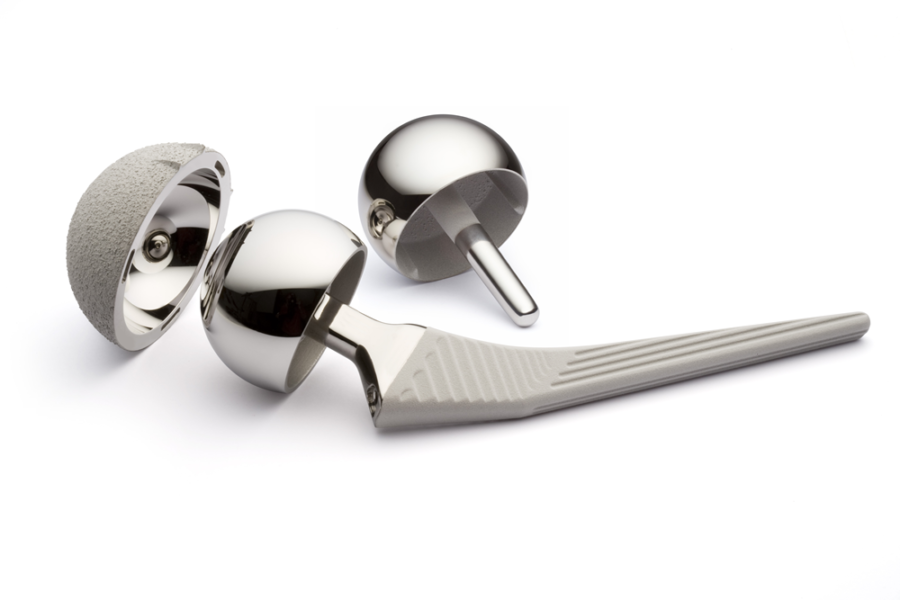
Things to consider before getting a hip implant
As you’ve seen so far, there are a few potential downsides to a metal-on-metal hip implant. However, these downsides do not apply to everyone who receives an implant of this type. If you are at risk for developing inflammatory arthritis, you must consider these potential issues before getting a hip implant:
The joint will cause your body to produce more inflammatory cytokines than with a more traditional joint surface. These cytokines can cause pain, swelling, and stiffness.
The metal-on-metal joint has a higher risk of causing an immunogenicity response.
Conclusion
Overall hip implants are a good option for people who are in need of joint replacement surgery , especially if they have a high risk of re-replacement in the future. However, before getting such an implant, you must consider the potential inflammatory issues that may arise. If you are at risk for developing osteoarthritis, it advised that you either avoid this type of implant or speak with your doctors about potential alternative treatment options.
Follow Us For More Updates
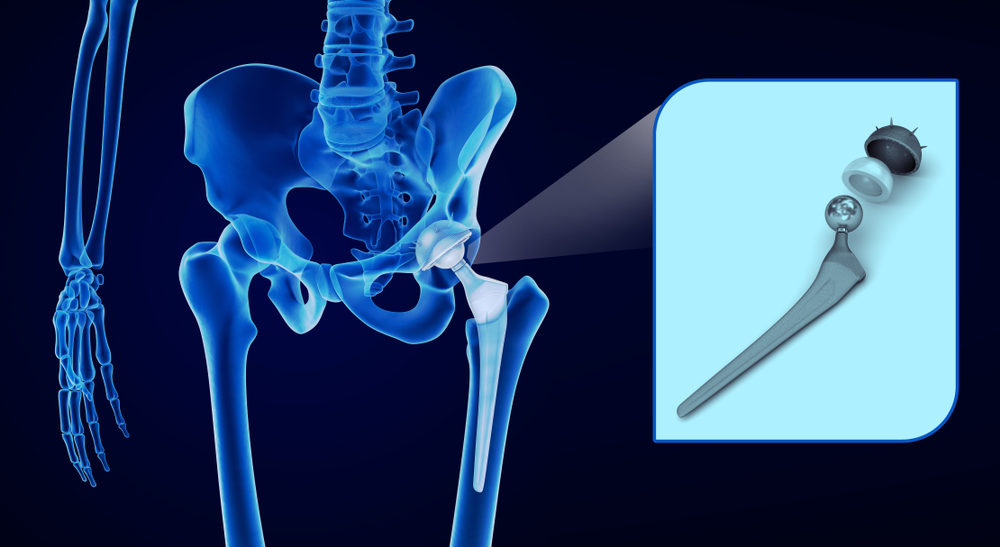

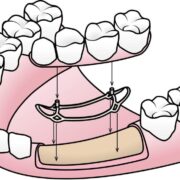


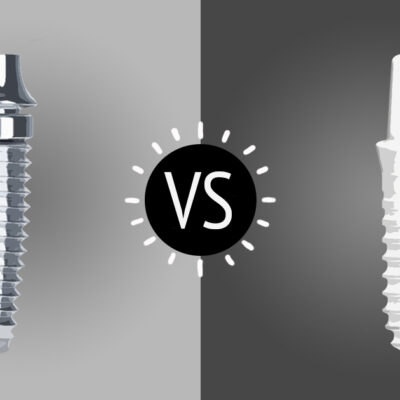
this royal dental clinic are the best